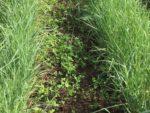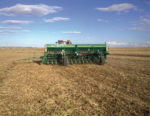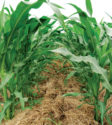Advertise Follow Us
Items Tagged with 'Cover Crop'
ARTICLES
What I've Learned from No-Tilling
The Kaiser family shares thoughts on best practices are constantly evolving for three generations working this Ontario no-till farm
Read More



.png?height=125&t=1731942302&width=150)








